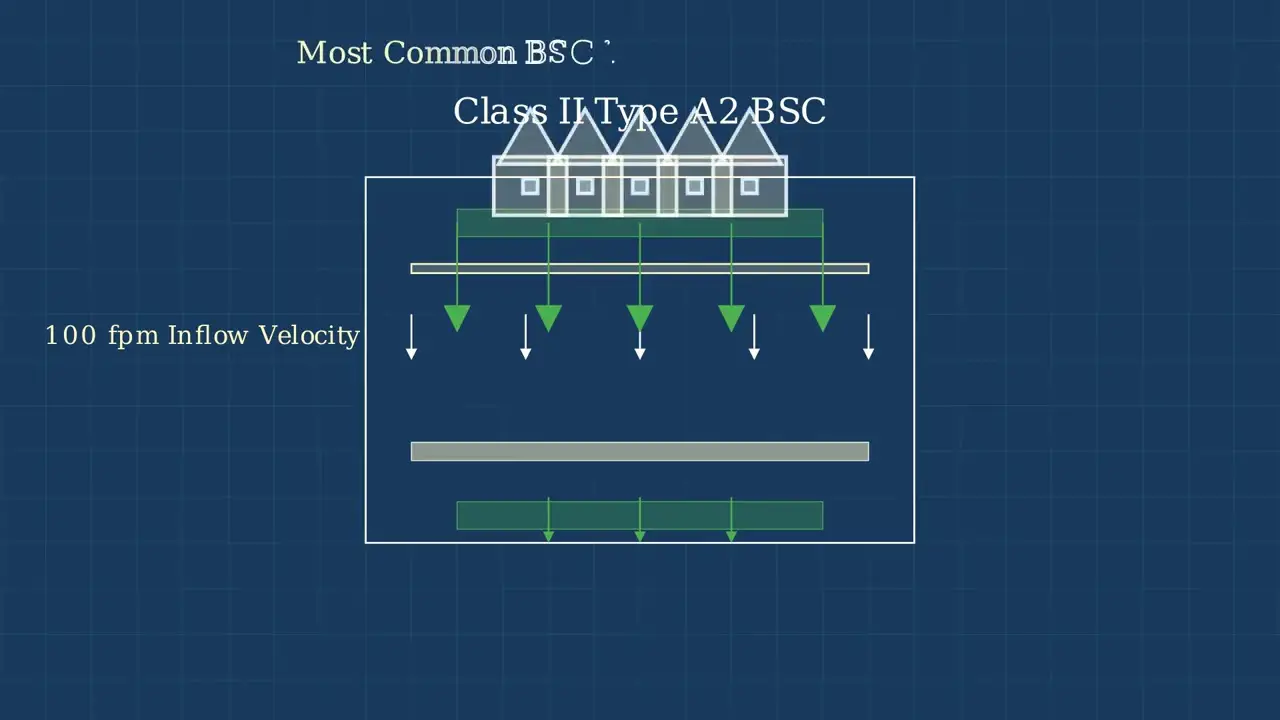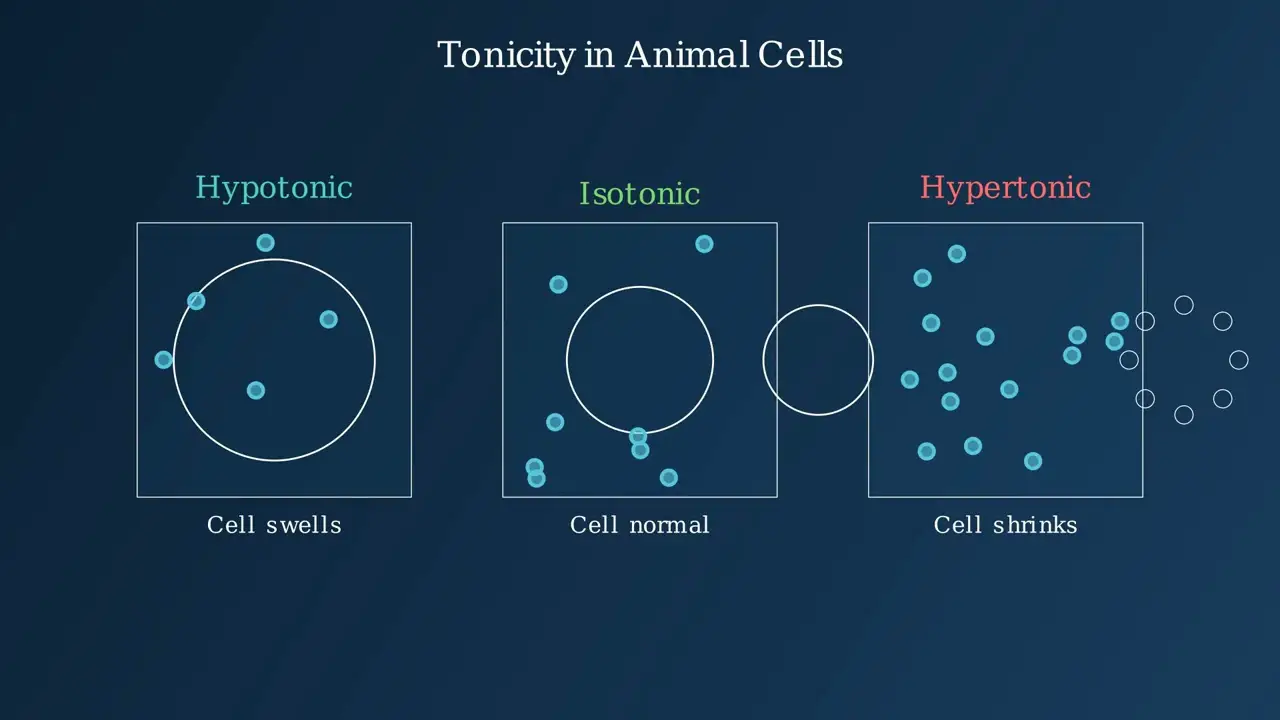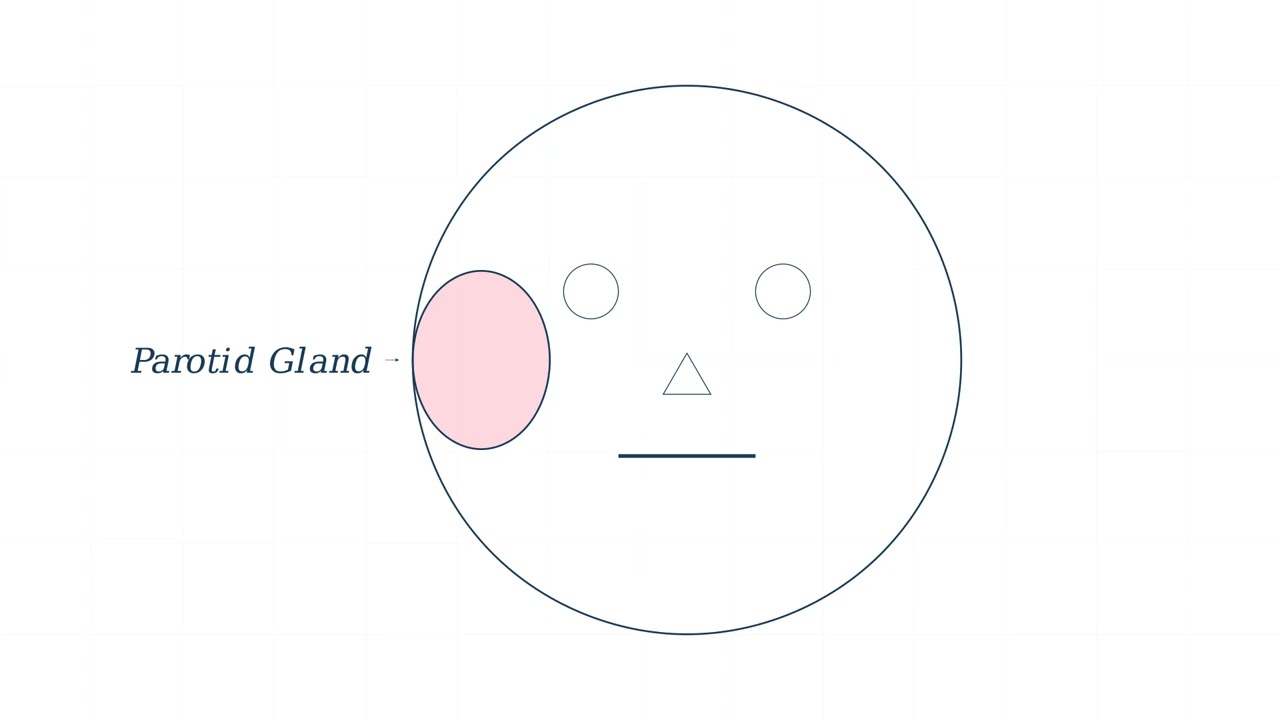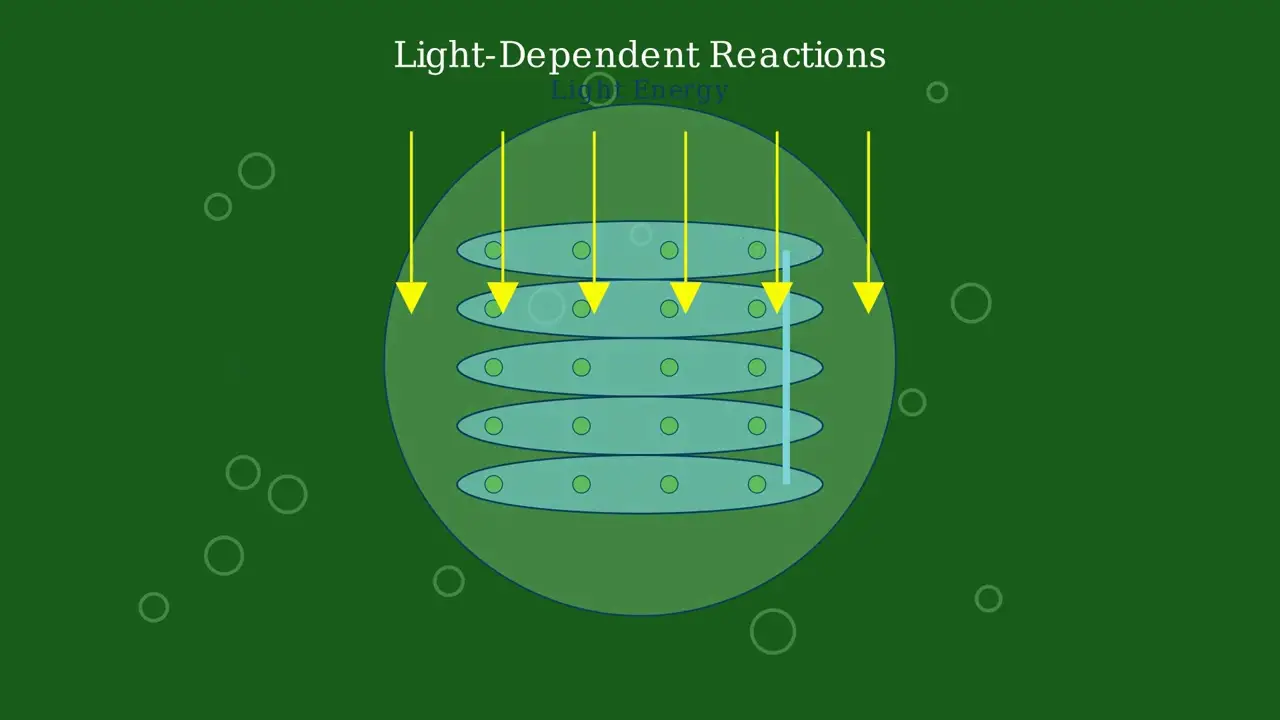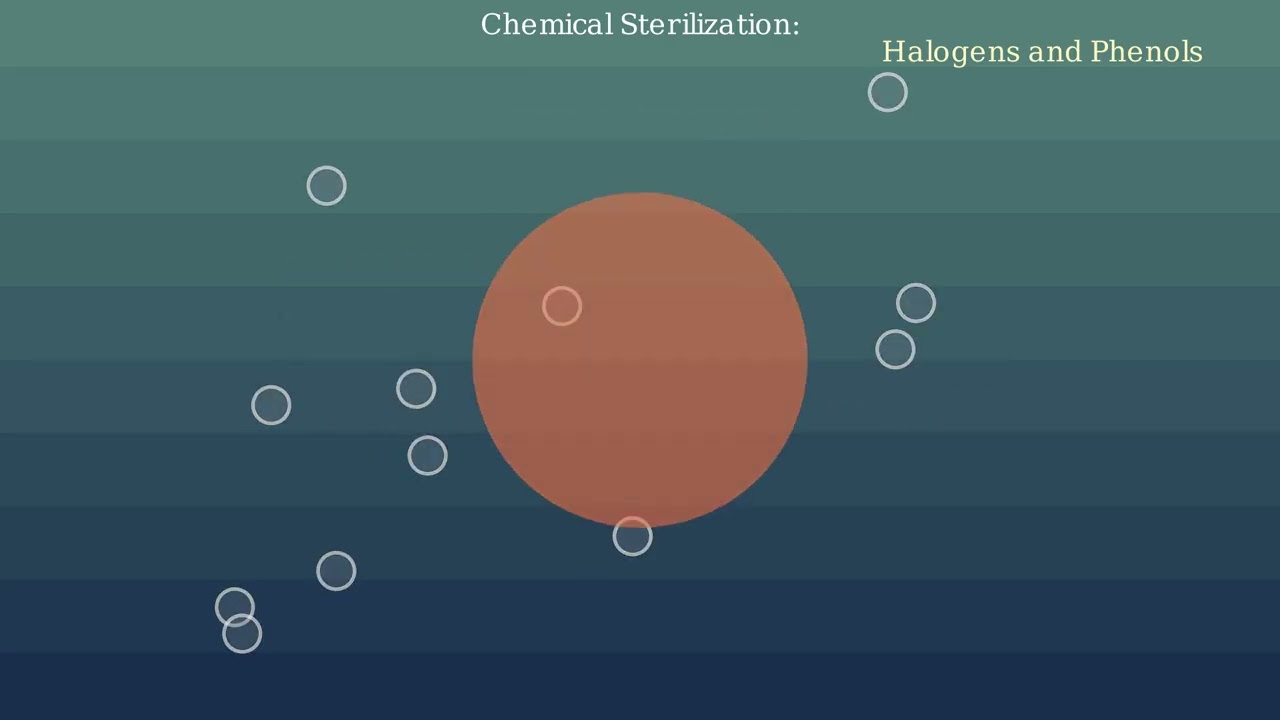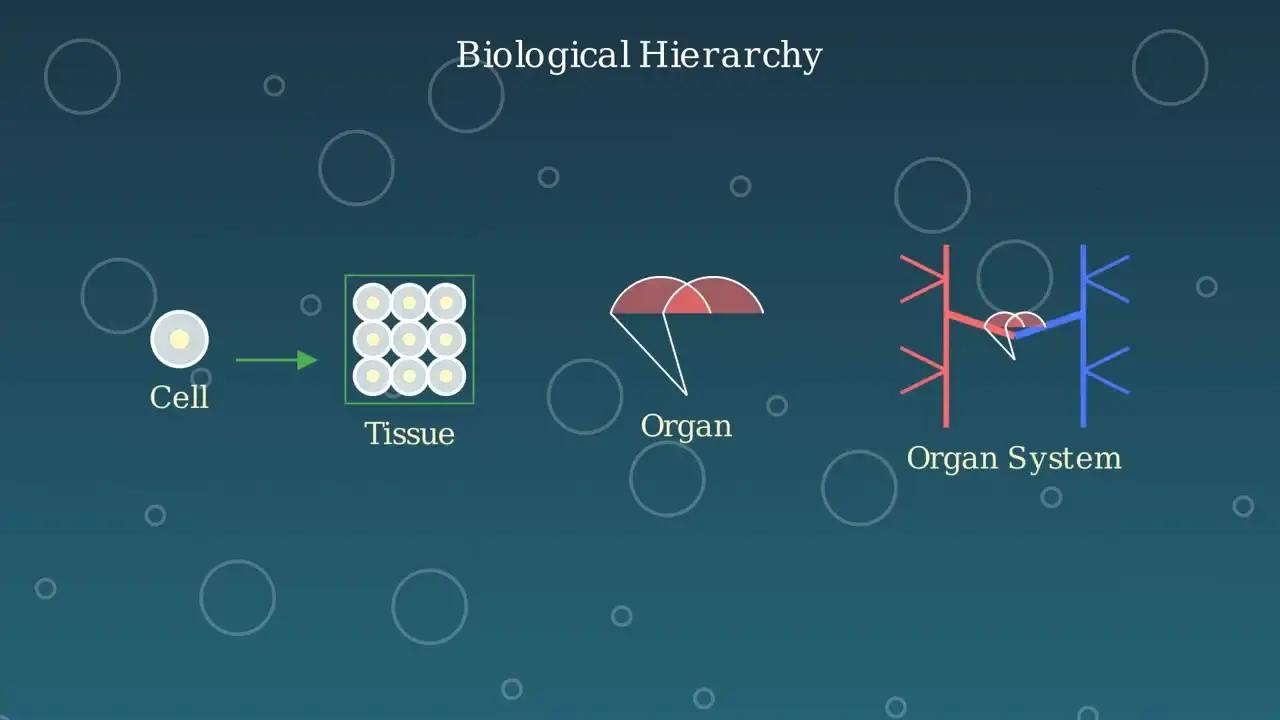Simple Columnar Epithelium Explained
Ciliated columnar epithelium is the second major type of simple columnar epithelium. Like all simple columnar epithelia, these cells are tall and narrow with nuclei typically located in the basal portion. The distinctive feature of this epithelial type is the presence of cilia on the apical surface of the cells. These cilia beat in coordinated … Read more


